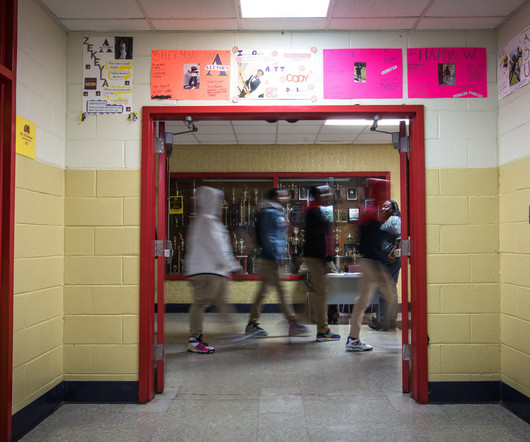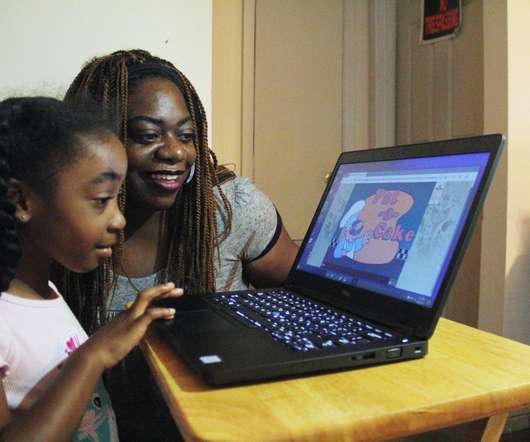The affordability gap is the biggest part of the digital divide
The Hechinger Report
NOVEMBER 11, 2021
Editor’s note: This story led off this week’s Future of Learning newsletter, which is delivered free to subscribers’ inboxes every other Wednesday with trends and top stories about education innovation. Issues around broadband affordability disproportionately affect low-income, Black, and Latinx communities.




















Let's personalize your content